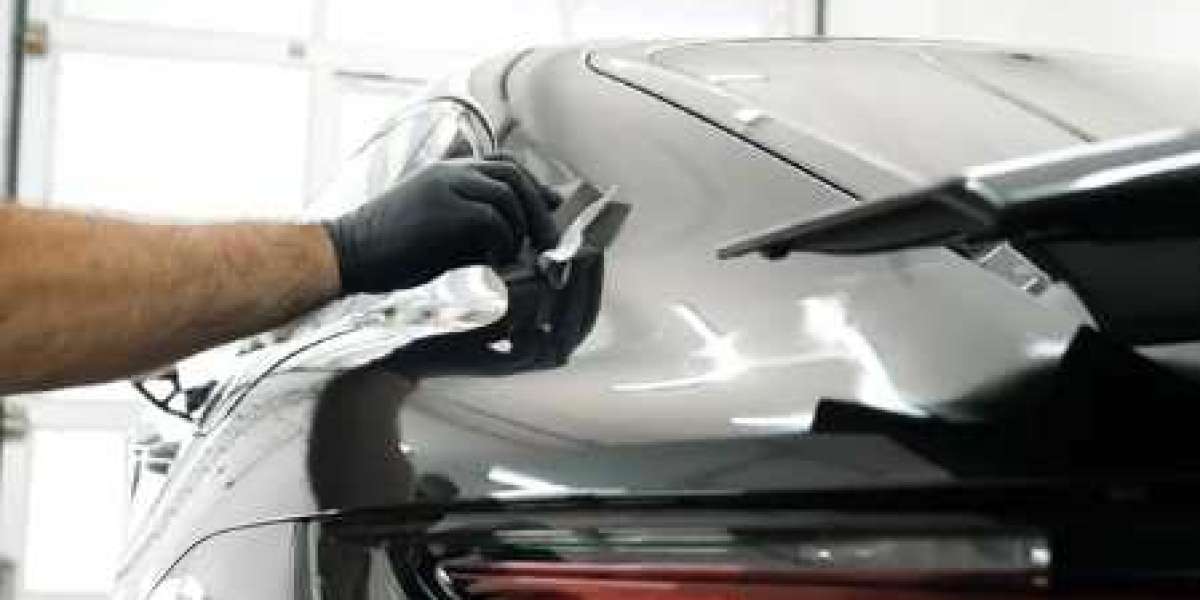Over time, your car's once-flawless exterior can start looking weathered and dull from accumulated swirls, scratches, oxidation, and fading. At a certain point, simple washing and waxing cannot fix the deeper blemishes. This is when a full paint correction detail is required to revive the clearcoat and restore your car's showroom shine.
What is Paint Correction?
Paint correction is a multi-step process of mechanically removing clear coat imperfections like scratches and oxidation using polishers combined with compounds and polishes. The goal is to smooth and refine the clearcoat until the paint has "correct" clarity, depth, and reflectivity.
How Oxidation and Swirls Develop
Oxidation, swirling, and scratches occur gradually as environmental contaminants interact with the paint's surface: UV exposure degrades the clearcoat, causing fading and oxidation. Dirt and debris create fine swirl marks during washing. Road grit leads to surface scratches. Bird droppings and tree sap etch the clearcoat. Over time, these issues compound, robbing the paint of its vibrancy. Simple wash and wax routines cannot fix these deeper imperfections that affect the clearcoat itself.
Signs Paint Correction is Needed
Here are some common indications your car needs paint correction: The paint lacks gloss and depth, appearing chalky and flat. You see visible swirl marks in direct sunlight. Light scratches are present when viewed up close. Running your hand over the car feels rough. Oxidation causes dull splotchy patches. Water beads weakly and sheets off slowly during washing. Regular polishing and waxing don't improve appearance. The car has 5 years of use without prior paint correction.
Benefits of Professional Paint Correction
While you can attempt DIY paint correction, the results are often subpar. Professional detailers have specialized tools, compounds and techniques that safely fix paint flaws without risk of burning through thin clearcoat. Additional benefits of professional paint correction include: Removes oxidation and restoring color depth. Repairs previous poor detailing attempts. Smooth away swirling and scratches. Restores paint clarity, reflectivity, and "pop". Prepares paint for ceramic coatings or sealants. Overall protects your vehicle's value.
Be sure to discuss the extent of correction needed so expectations align. Light swirls require less work than years of neglect. Maintaining the finish with car paint protection is also advised.
When to Commit to Paint Correction
Don't wait until major paint flaws detract from your car's beauty. As soon as minor swirling, fading, and scratches start accumulating, consider paint correction. The earlier the paint damage is fixed, the easier the correction process and the better the final results.
Investing in a professional full paint correction detail at least once every 2-3 years will keep your car's exterior looking its absolute best for the long run. The prep work also ensures car paint protection coats optimally afterward.



